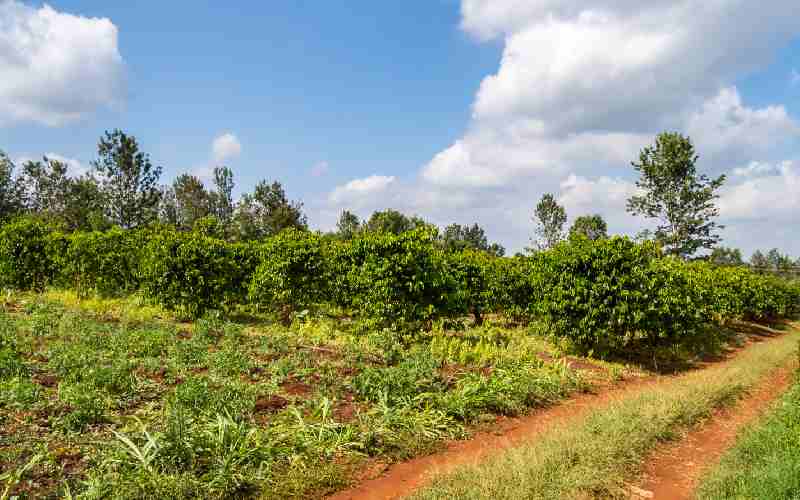×
The Standard e-Paper
Stay Informed, Even Offline

A coffee field in the countryside near Thika town. [Courtesy]
Today, scientific evidence on climate change and its rapid threat to global peace are all there for everyone to see. Indeed, former US President Barack Obama has warned that the urgent threat of a changing climate will define the contours of this century more dramatically than previously expected.